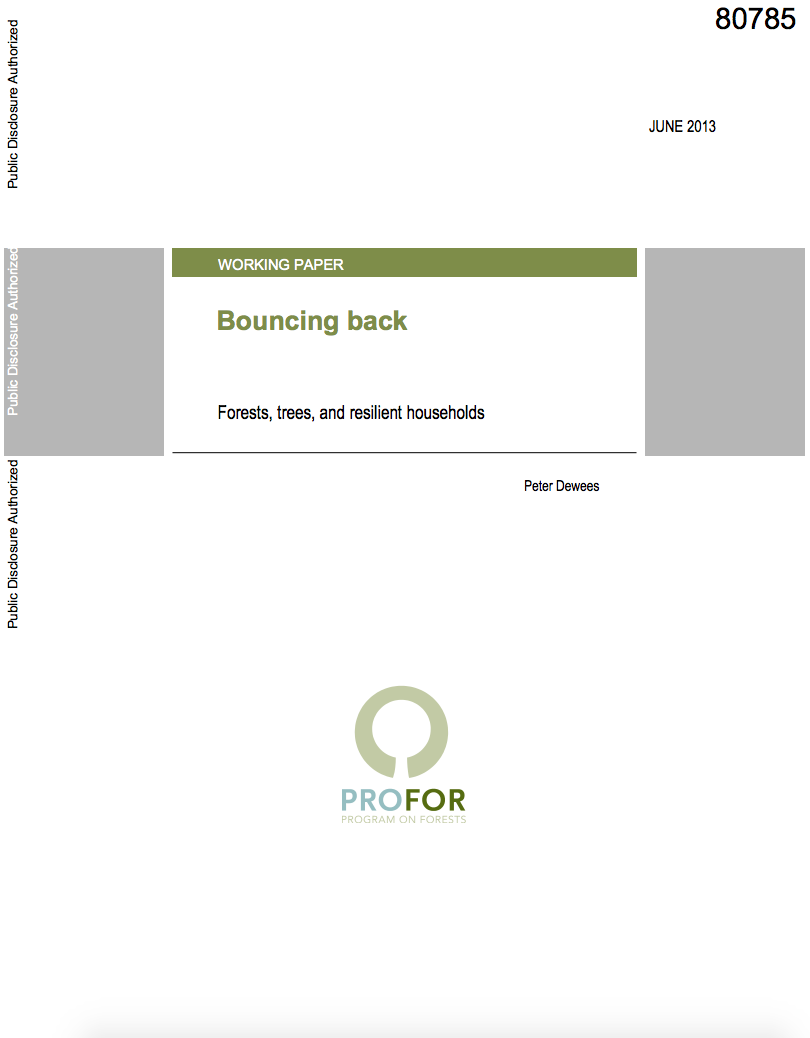Regional Impacts of High Speed Rail in China : Baseline Report for a Case Study of Yunfu in Guangdong Province
This paper contains an initial
reconnaissance of the situation in Yunfu, prior to the
NanGuang project construction. It provides a brief overview
of the trajectory of economic development in Yunfu from an
economy that was dominated by primary industries to that by
secondary industries. The development of local transport
infrastructure is reviewed, as is the more detailed
structure of local industries, with special emphasis on


